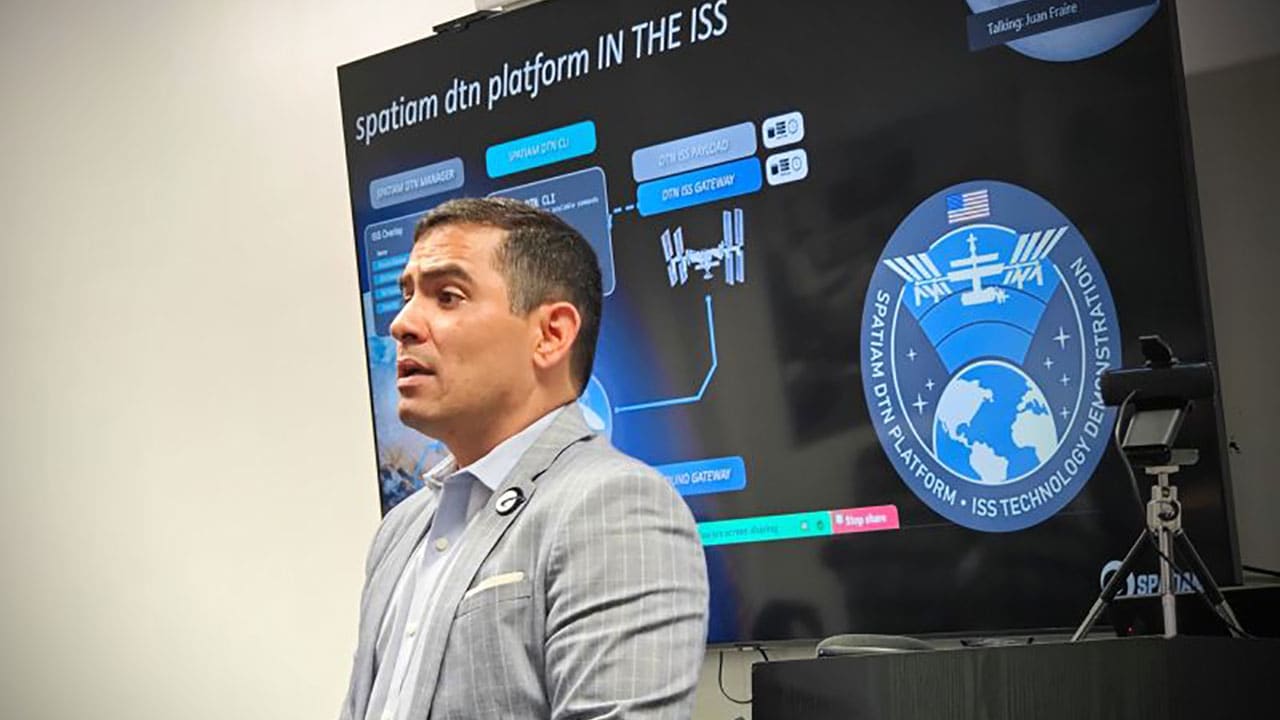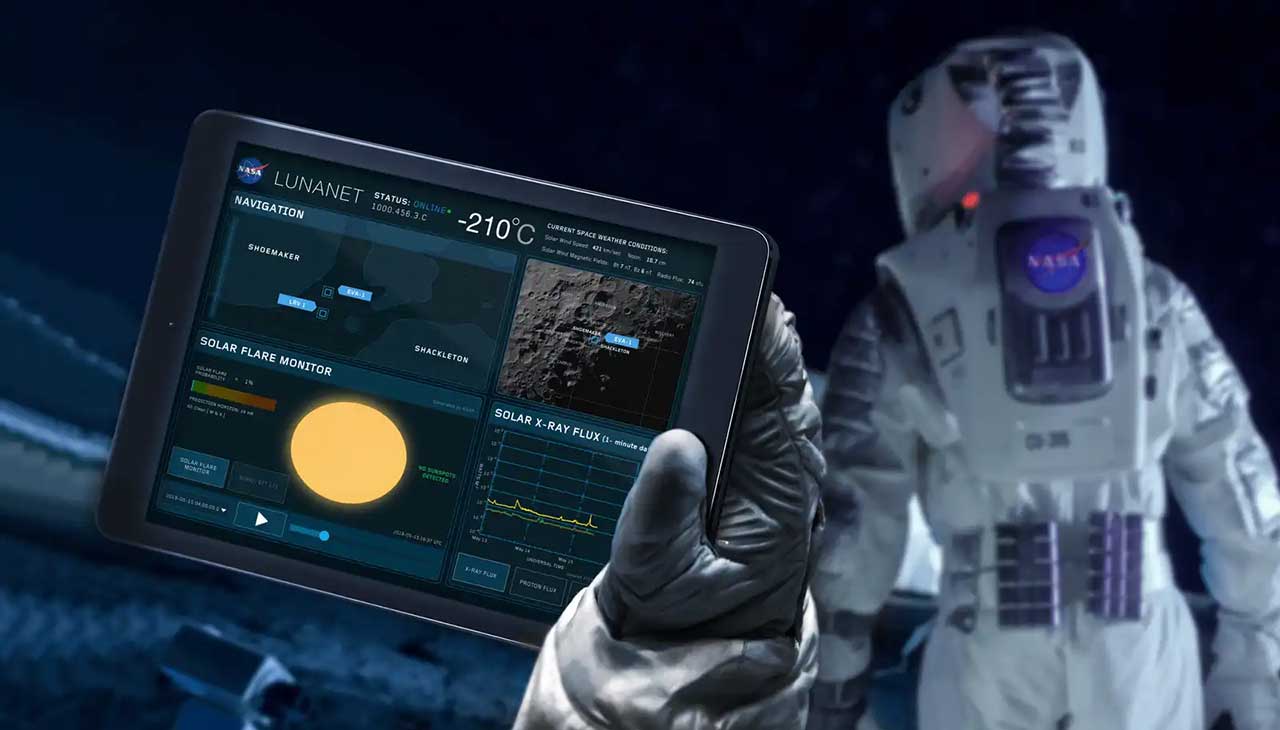Case Study
Enabling Interplanetary Internet
ISS Testing Advanced Technology for Space Communications
ISS NATIONAL LAB OPPORTUNITY
The ISSInternational Space Station provides a platform to test technology for future interplanetary networking.
Creating an interplanetary Internet is challenging because the distances data must travel are much longer than on Earth. There are also disruptions in the signal as planets and spacecraft move, and there is not always a direct connection. To address these challenges, Spatiam Corporation developed a commercial platform for space communications based on Delay and Disruption Tolerant Networking (DTN). The DTN platform stores data bundles at intermediate nodes in the network until a path to the next node or final destination is available. Spatiam needed to confirm that its platform worked in the space environment, and the ISS provided the optimal test bed.
Industries:
Computing, Aerospace
Strategic Focus Area:
Technology Development
Research Area:
Space Communications
Institution:
Spatiam Corporation
IMPACTFUL OUTCOME
Spatiam validated its DTN platform on the ISS, bringing the technology closer to commercialization.
Over the 18-day project, Spatiam ran more than 95 unique tests on its DTN platform, validating the system’s core capabilities and advanced features. Using the platform, the team transferred multiple types of data to and from the space station and streamed both audio and video. Following successful testing on the ISS, Spatiam raised the technology readiness level(Abbreviation: TRL) A measurement system used to assess the maturity level of a particular technology. There are nine technology readiness levels, and technology progresses from TRL 1 to TRL 9. of its platform to TRL 7, which is one step from flight certification.

INVESTIGATOR
Alberto Montilla
Co-Founder and CEO, Spatiam

The most important thing for us as a company is being able to gain the operational experience to manage networks in space, and having access to that through the ISS National Lab was a fantastic opportunity. The ISS was the ideal place to demonstrate our DTN platform for interplanetary networking because it provides a real-life operational scenario.
– Alberto Montilla, Spatiam

APPLICATION
Spatiam’s DTN technology could enable networking on future commercial space stations, the Moon, and eventually Mars.
In the future, the ability to transfer data and send communications across the solar system will be crucial. Spatiam aims to enable the DTN component of the future LunaNet network on the Moon, which will pave the way for future networking on Mars. Initially, Spatiam did not consider applications for its DTN platform in low Earth orbit(Abbreviation: LEO) The orbit around the Earth that extends up to an altitude of 2,000 km (1,200 miles) from Earth’s surface. The International Space Station’s orbit is in LEO, at an altitude of approximately 250 miles.. However, after working with the ISS National Lab, the company expanded its plans to include future commercial space stations.
This content is abridged from an article originally published in Upward,
official magazine of the ISS National Lab.


